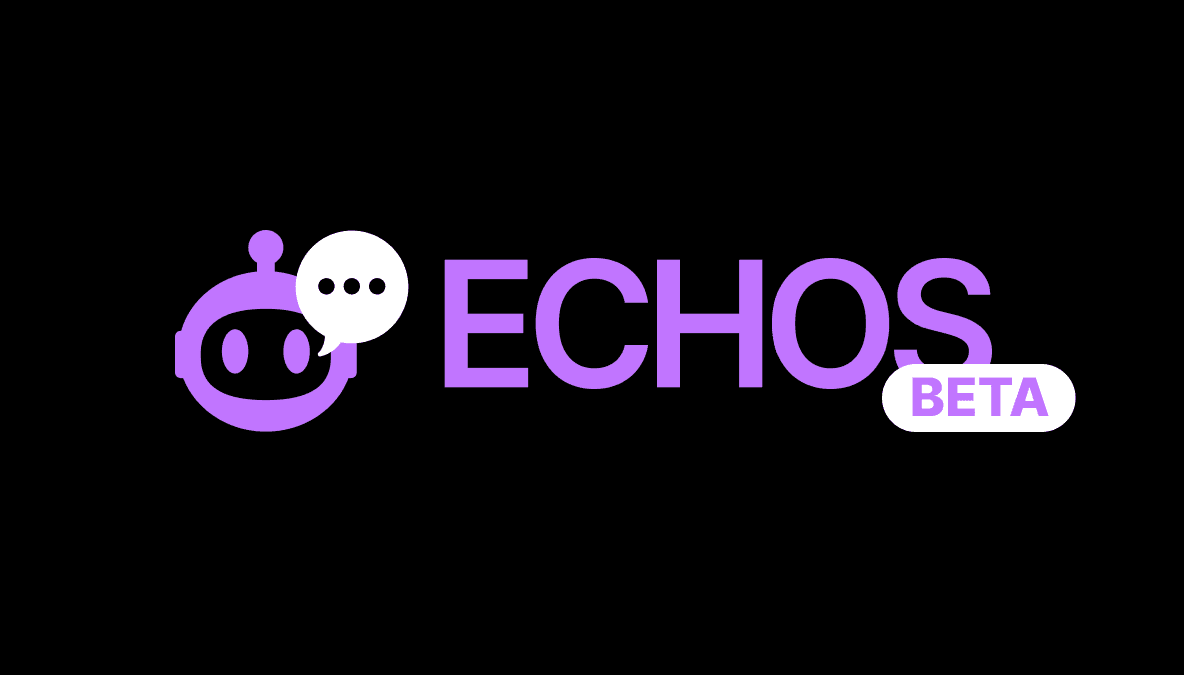
Stride protocol integrating with Namada to build onchain data protection solutions
May 30, 2024
· 4 min read
Summary
-Namada, the shielded asset hub rewarding you to protect the multichain, is launching soon
-All Stride LSTs will be supported by the Namada multi-asset shielded pool
-Major Stride LSTs will be eligible for Namada shielding rewards
-Stride will integrate Namada into the Stride ecosystem page
Data protection for Cosmos and beyond
Namada is a multichain, multi-asset data protection network supporting Cosmos, Ethereum, and beyond. Over the past few months, Namada has published the eligibility requirements for its upcoming airdrop and performed several testnets. Namada is expected to launch this year.
Namada will provide users with a multi-asset shielded pool (MASP) that uses zero-knowledge (ZK) technology. Users will be able to send any token into Namada’s shielded set using IBC, and receive rewards for shielding their assets. Namada’s data protection guarantees improve as more assets are shielded at rest in the shielded set. Shielding rewards are a way of rewarding users for helping strengthen data protection for everyone.
Namada’s MASP enables users to hold and transact tokens and NFTs while shielding their personally identifiable information. Users can even stay shielded when interacting with apps on transparent blockchains, and seed new accounts on transparent chains (for example sending any IBC token into a fresh address) while still protecting their personal data.
The best data protection possible
But in order for Namada's MASP to effectively provide data protection, it needs to have a lot of assets shielded at the same time. Due to the way the Namada ZK circuits work, the more assets shielded in the pool the greater the data protection for everyone.
Namada considers data protection to be a public good. And since shielding assets increases everyone's data protection, the Namada protocol automatically provides public goods funding in the form of NAM shielding rewards to everyone who shields governance-enabled tokens in the pool.
In other words, users shielding assets in the MASP are rewarded with Namada's NAM token. That's where Stride's LSTs come in.
Stride's LSTs are perfect for data protection
Namada's on-chain governance community determines which assets to enable shielding rewards for, but it's likely that support for Stride's LSTs will be enabled, since it's more efficient than rewarding unstaked tokens.
To understand why LSTs are better for this application, consider the example of Celestia’s TIA token. TIA has a staking reward rate of about 15%. This can also be considered the TIA "hurdle rate." If a user wants to leave his TIA unstaked and use it in DeFi, he needs to earn at least 15% just to break even with the staking rewards he's missing by not staking. If a user can't surpass the 15% hurdle rate by using his TIA in DeFi, then he's better off just staking his TIA.
TIA’s hurdle rate poses a major obstacle to using TIA in DeFi. If a user can’t clear the hurdle rate, then he’ll just leave his TIA staked. So a DeFi protocol that wants TIA deposits needs to provide enough incentives and/or real yield for TIA depositors to clear the hurdle rate.
But 15% is a tall order in DeFi! That’s why DeFi protocols are better off trying to attract stTIA deposits rather than TIA deposits.
The hurdle rate of stTIA is zero, because stTIA automatically gets the TIA staking reward. So protocols trying to attract stTIA liquidity are not competing with the TIA staking reward. This is why using LSTs as collateral is much more popular than using unstaked tokens as collateral. With LSTs, the hurdle rate is zero.
All PoS tokens have a hurdle rate, which is their staking reward rate. If users can’t clear the hurdle rate in DeFi, they’ll just leave their tokens staked.
Turning back to Namada, it needs lots of liquidity in its multi-asset shielded pool. It’s not reasonable to expect people to leave their tokens unstaked in the pool and forego staking rewards. And to make unstaked tokens pass their various hurdle rates by using NAM rewards would be unsustainable.
It makes sense for the Namada community to focus on Stride’s LSTs.
Stride security
With much of the liquidity in Namada’s shielded pool potentially being Stride tokens, the security of Stride protocol is paramount.
Stride has always made security its #1 priority. The Stride blockchain is secured by Cosmos Hub through interchain security, giving Stride the economic security of all staked ATOM. At the current price of ATOM, Stride has roughly $3B of economic security.
What’s more, Stride has advanced IBC rate-limiting, which was custom designed for the Stride blockchain. If there’s an incident, Stride’s IBC rate-limiting blocks huge withdrawals from the Stride chain.
All Stride code has been audited multiple times, and is fully open source.
Final thoughts
When Namada launches, it will revolutionize data protection not just for IBC tokens but any token enabled by Namada governance. Through its multi-asset shielded pool using ZK tech, Namada will provide the strongest and most convenient data protection guarantees the Cosmos ecosystem has ever experienced.
Thanks to the high efficiency of Stride LSTs as well as the high security of Stride protocol, Stride is well suited to provide much of the liquidity in the shielded pools. Users will be able to keep their tokens in the shielded pool - earning fees and potentially NAM shielding rewards - while at the same time generating staking rewards.



